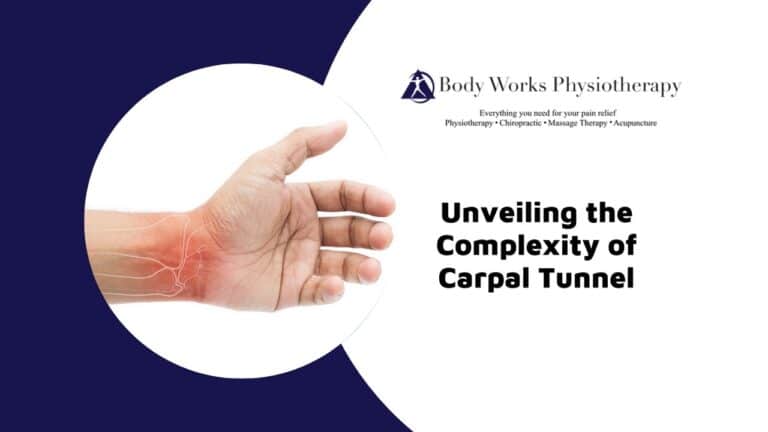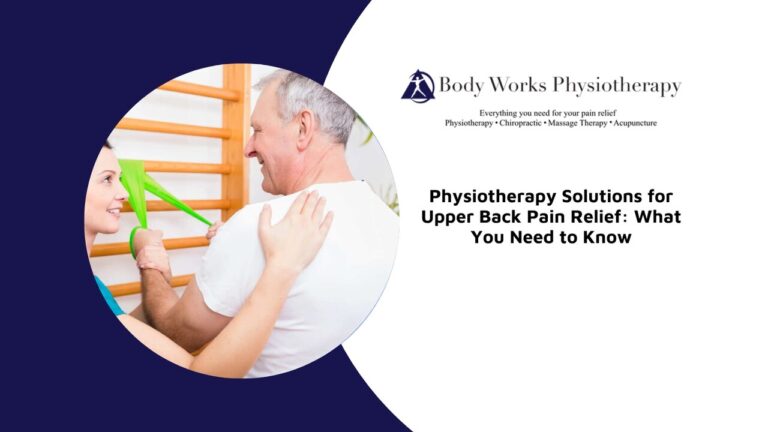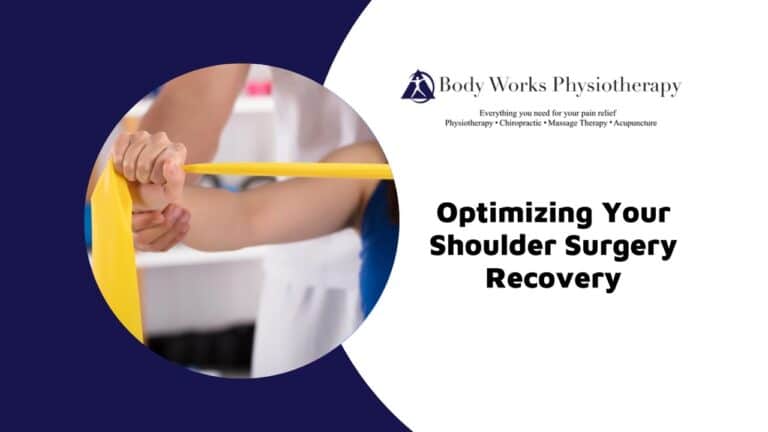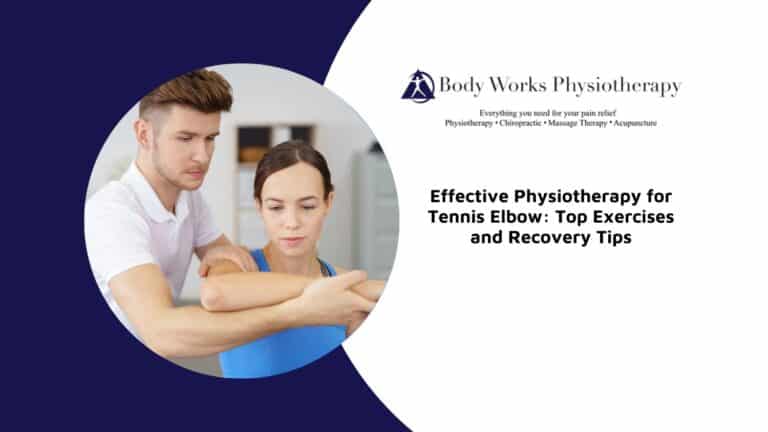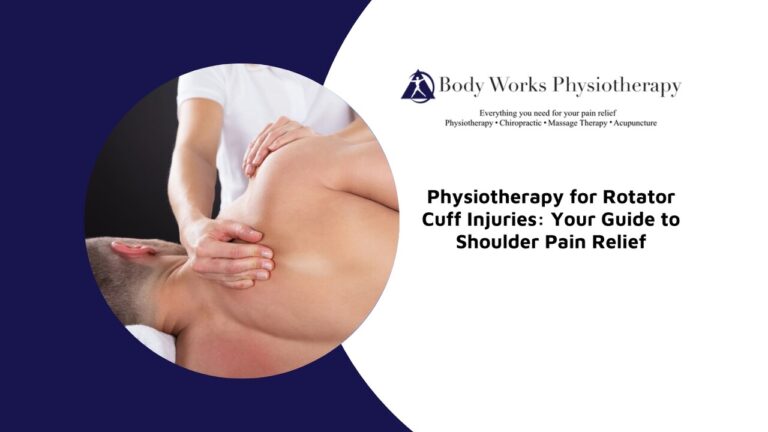
Did you know that 1 in 4 persons suffer from knee pain at some point in their adulthood? This is a problem that affects millions of people, but it doesn’t have to be this way. In this post, we’ll explore how physiotherapy can be used for overcoming knee injuries.
What Is the Fastest Way To Relieve Knee Pain?
Knee pain can start from injury to the knee or with chronic conditions like knee osteoarthritis, knee joint disorders, and repetitive knee strain and sprains. Oftentimes, patients come to Body Works with one concern: relieve the knee pain, and do so FAST. We always start by recommending patients look at the triggers of their knee pain.
Is it caused by walking? Standing? Exercise or sport? Removing triggers and allowing the joint to rest is the fastest way to get relief from pain. The next step is to seek out professional help: physiotherapists are trained to relieve knee pain with modalities and manual therapy, as well as help you strengthen the knee joint to prevent future problems
Can Knee Pain Be Cured by Physiotherapy?
In short: yes! But we need your help. The goal of physiotherapy is to reduce pain and inflammation and strengthen the knee joint with a wide range of active exercises. The keyword: ACTIVE. Our physiotherapists need you to be actively completing your knee exercises in and out of the clinic in order to get long-term results that result in your knee being pain-free.
How Long Does Physical Therapy Take for Knee Pain?
Our talented and extensively trained physiotherapists find that most soft tissue injuries take four to eight weeks to resolve. That’s a big variance!
What Are 3 Exercises To Strengthen Your Knee?
After an injury or flare-up of your knee injury, your physiotherapist will recommend RICE.
- Rest – Rest the knee first! This is key to preventing further damage to the soft tissue that is upset.
- Ice – cold helps to relieve the pain and inflammation, as well as slow swelling to the issues that cause that tight achy feeling
- Compression – providing compression with a wrap or a brace adds support to your knee, giving relief to the knee joint and allowing healing.
- Elevation – elevating the knee above your heart comfortably uses gravity to push swelling back to your heart and circulate out of your bloodstream. This also helps relieve the inflammation and ache in the joint.
After you’re past the first few weeks of knee pain, swelling and inflammation, you move into the active rehab phase. The exercises that help strengthen your knee joints best are:
- Cycling/Swimming – both of these exercises do not require you to bear weight on your joints while also exercising the joint. This allows a range of motion and range of movement through your knee, which strengthens the muscles that support your knee.
- Walking – starting out with some light walking (especially on a track or softer service) as you return to your activities of daily living allows your knee to go through the basic motions of bending in a calm and stress-free environment. It’s an excellent way to transition back to running for runners with knee pain!
- Isometric Exercises – Isometric exercises are exercises that do not require movement of the knee joint. Instead, they use solid services to engage the muscles without bending or straightening the knee. The muscles have to flex and work against resistance without bearing weight, allowing for more muscle practice before returning to activities.
Final Words
The time to take control of your health is now. Every day that you wait is another day that your knee remains in pain, unable to take you through your day-to-day life. At Body Works Physiotherapy, we’re here to help you turn things around and achieve the results you’ve been looking for. Book your appointment today and let’s get started.
REFERENCES:
https://acl.gov/news-and-events/news/one-four-adults-suffers-chronic-knee-pain
https://www.ruh.nhs.uk/patients/patient_information/ORT052_Advice_after_a_soft_tissue_injury.pdf

